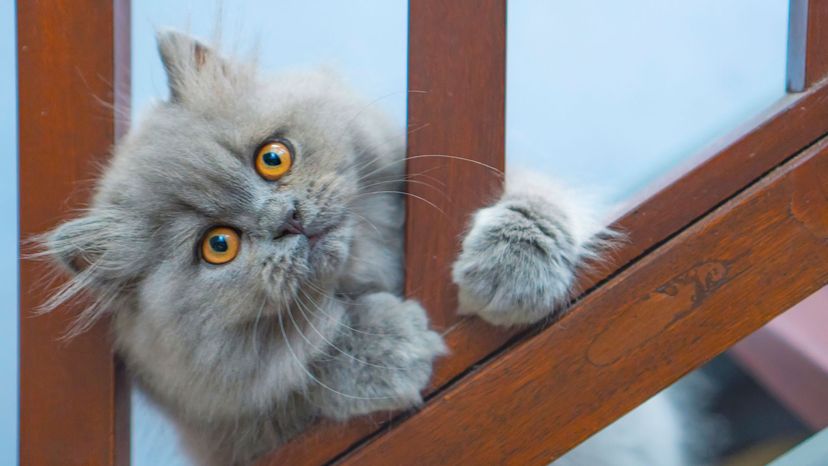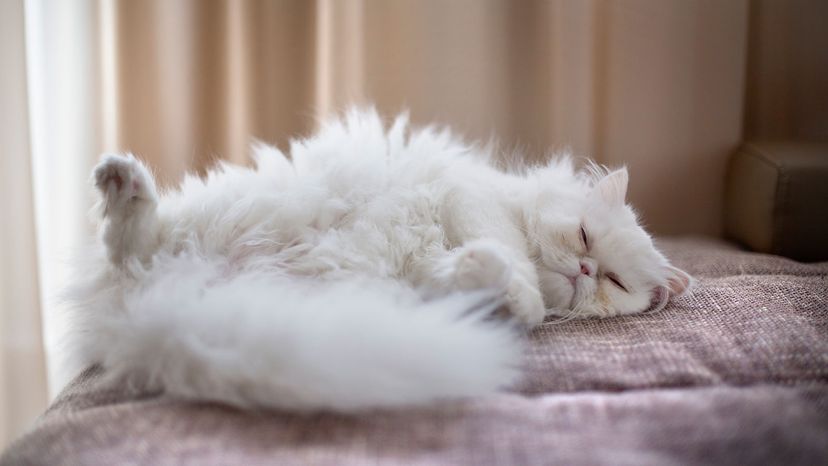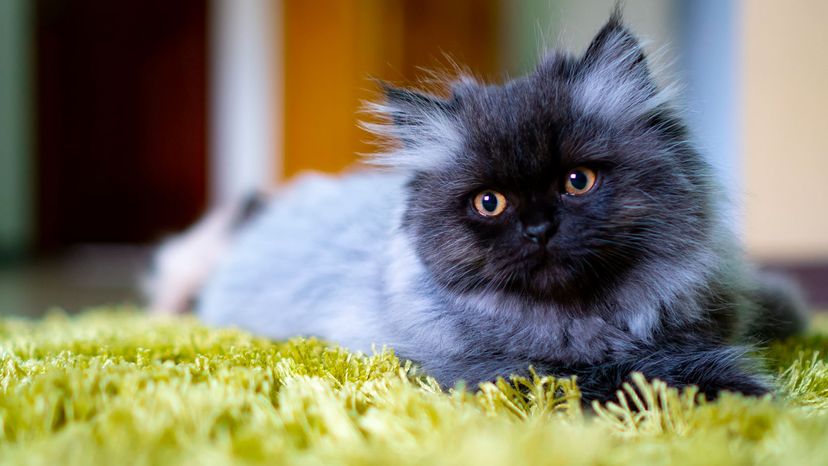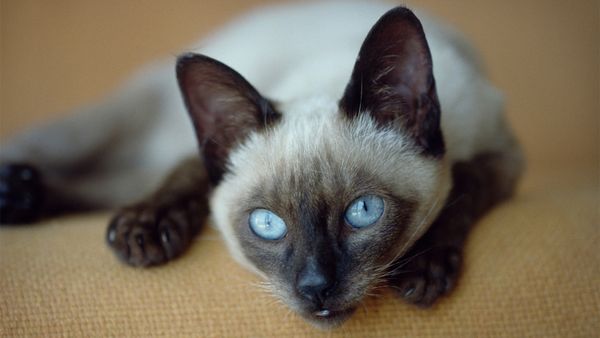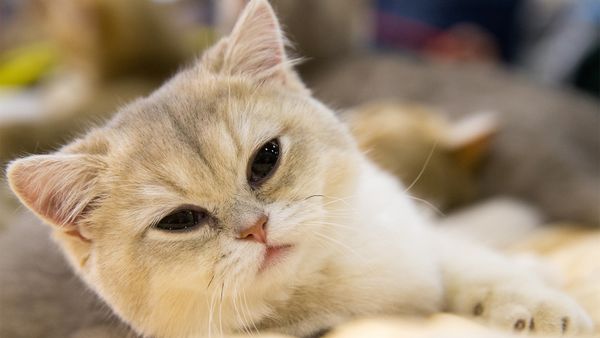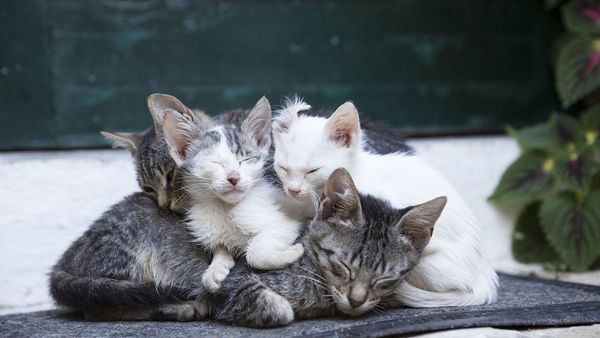Cats are notoriously crafty, wily and smart. Before raising Persians, MacArthur bred German Shepherds, one of the most intelligent dogs on the planet.
"I was very surprised once I got into breeding and showing cats how smart they are. I actually feel they're smarter than dogs," says MacArthur. "That being said, Persians are stupid."
Maybe stupid is too strong of a word. They're just a little slower to reach developmental milestones than other breeds. MacArthur says that even at 8 weeks old, she'll have kittens who still haven't figured out the litter box.
On top of that, Persians just aren't natural predators and hunters. In her 20 years of breeding Persians, which means having 10 or more cats in the house at a given time, MacArthur says not one has caught a mouse or shown any interest in chasing critters.
With their sedentary temperaments, and all that long luscious hair, Persians are indoor cats for sure.
